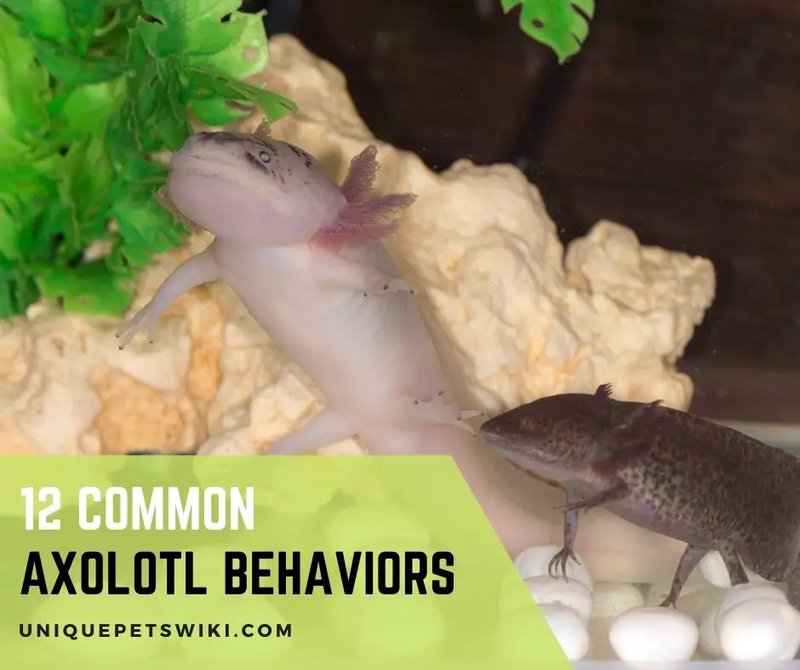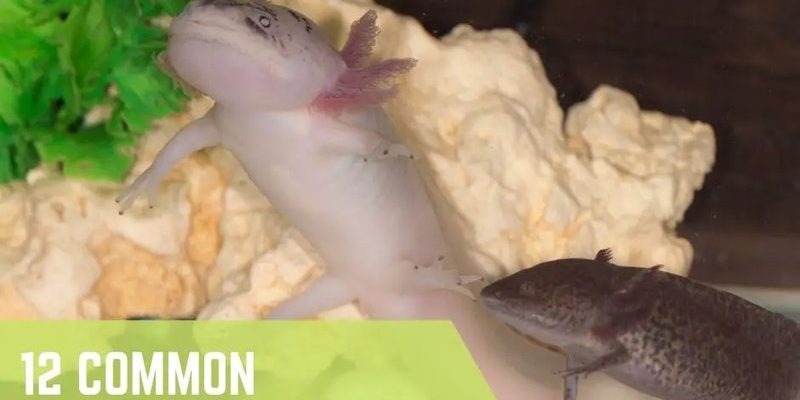
What makes these amphibians so fascinating isn’t just their unique appearance but also their behavior. These traits tell us much about their health and emotions. Whether you’re a proud axolotl owner or just curious about these cool pets, learning about their habits can help you provide a better environment for them. Let’s dive into the colorful world of axolotl behavior and decode what these little swimmers are really saying.
Understanding Axolotl Behavior
Before we get into the nitty-gritty, it’s essential to know that axolotls are territorial and can display a variety of behaviors based on their mood and surroundings. Each little action they perform can hint at how they feel, both physically and emotionally.
Axolotls have a natural instinct to explore their environment. You’ll often see them cruising around their tank, checking out plants, rocks, or any hiding spots. This exploration is not just for fun; it’s a way for them to gather information. They might feel threatened if they notice something unfamiliar, and their behavior can change in response. Understanding these signs will help you create a safe and comfortable habitat for your axolotl.
Another key point to note is that axolotls can sometimes exhibit social interactions. While they’re mostly solitary creatures, they don’t mind the company of other axolotls as long as there’s enough space. You might observe them swimming alongside each other or even nudging one another. However, watch out for signs of aggression, like chasing or biting. This behavior indicates they might need their own space.
Common Axolotl Habits
You might be curious about what specific behaviors to look for. Here are some common habits that can help you interpret your axolotl’s mood and needs.
- Floating or Staying Still: If your axolotl is hanging out near the surface or staying still at the bottom, it could be a sign they’re either relaxed or feeling stressed. Sometimes, they just like to chill, but if they stay inactive for too long, check their water conditions.
- Body Posture: Keep an eye on their posture. A relaxed axolotl often has a straight body, while one that feels threatened may arch its back. This posture shows they’re ready to dart away if needed.
- Gilling Movements: The frilly gills of an axolotl aren’t just for show; they help them breathe and also express mood. Rapid movements can indicate excitement or stress, while slow, calm movements suggest contentment.
These habits provide a window into what your axolotl is experiencing day-to-day. Just like a friend sharing stories about their life, your axolotl’s behaviors tell their tale.
Feeding Behavior
Feeding time can be quite the event in an axolotl’s world. When they see you approaching with their food, their behavior can shift dramatically. They often get excited and swim around energetically, showing off their interest.
Axolotls are carnivorous, and they enjoy a varied diet. But it’s important to keep an eye on how they eat. If your axolotl eagerly chases after food, it generally means they’re healthy and hungry. However, if they suddenly lose interest or seem lethargic during feeding time, it could be a sign that something’s off. Maybe the water temperature is too high, or perhaps they’re feeling unwell.
You might notice their feeding habits change based on the food you provide. Some axolotls prefer live foods like worms and small shrimp, while others are fine with pellets. Keep experimenting to find out what gets your axolotl excited!
Breeding Behavior and Mating Rituals
If you’re curious about axolotl breeding, understanding their mating behavior is essential. When they’re ready to mate, males often perform a little dance. They might wiggle their bodies and swim around the female, trying to woo her. If she’s interested, she’ll follow him, and he may guide her to a suitable spot to lay eggs.
This courtship isn’t just a spontaneous event; it requires specific conditions. The water temperature and quality must be just right, and a gentle current can help set the mood. After mating, the female will deposit her eggs, creating clusters that look like jelly-like strands.
It’s important to note that breeding can be complex. If you’re not prepared for baby axolotls, consider waiting until you’re ready for the responsibility.
Signs of Stress and How to Help
Just like us, axolotls can experience stress. It’s crucial to recognize these signs to ensure they’re happy and healthy in their environment. Stress can be caused by various factors, including water quality, temperature, or even the presence of tank mates.
You might see your axolotl exhibiting signs like flicking their gills, hiding frequently, or refusing food. These are all clues that they’re feeling stressed. If you notice these behaviors, take action. Ensure the water is clean, the temperature is stable, and that they have plenty of hiding spots to feel secure.
Creating a comfortable habitat is essential for your axolotl’s well-being. Regular maintenance and monitoring will go a long way in keeping them happy.
Why Understanding Their Behavior Matters
So, why should you care about your axolotl’s behavior? Well, understanding these habits is key to ensuring a long, healthy life for your little friend. Just like you’d decipher the tone of a friend’s voice to understand how they feel, learning the nuances of your axolotl’s actions can help you be a better caretaker.
When you pay attention to their behavior, you can quickly spot any health issues or stressors in their environment. It also deepens your bond with your axolotl. After all, pets are more than just creatures in a tank; they’re companions that rely on you for care and affection.
In conclusion, axolotl behavior is not just fascinating; it’s an essential aspect of being a responsible owner. By tuning into their habits and needs, you’re ensuring they live their best life. Every wiggle, every flick of the gills, and every curious exploration tells a piece of their story, and you’ll feel connected to that narrative as you watch and learn.

